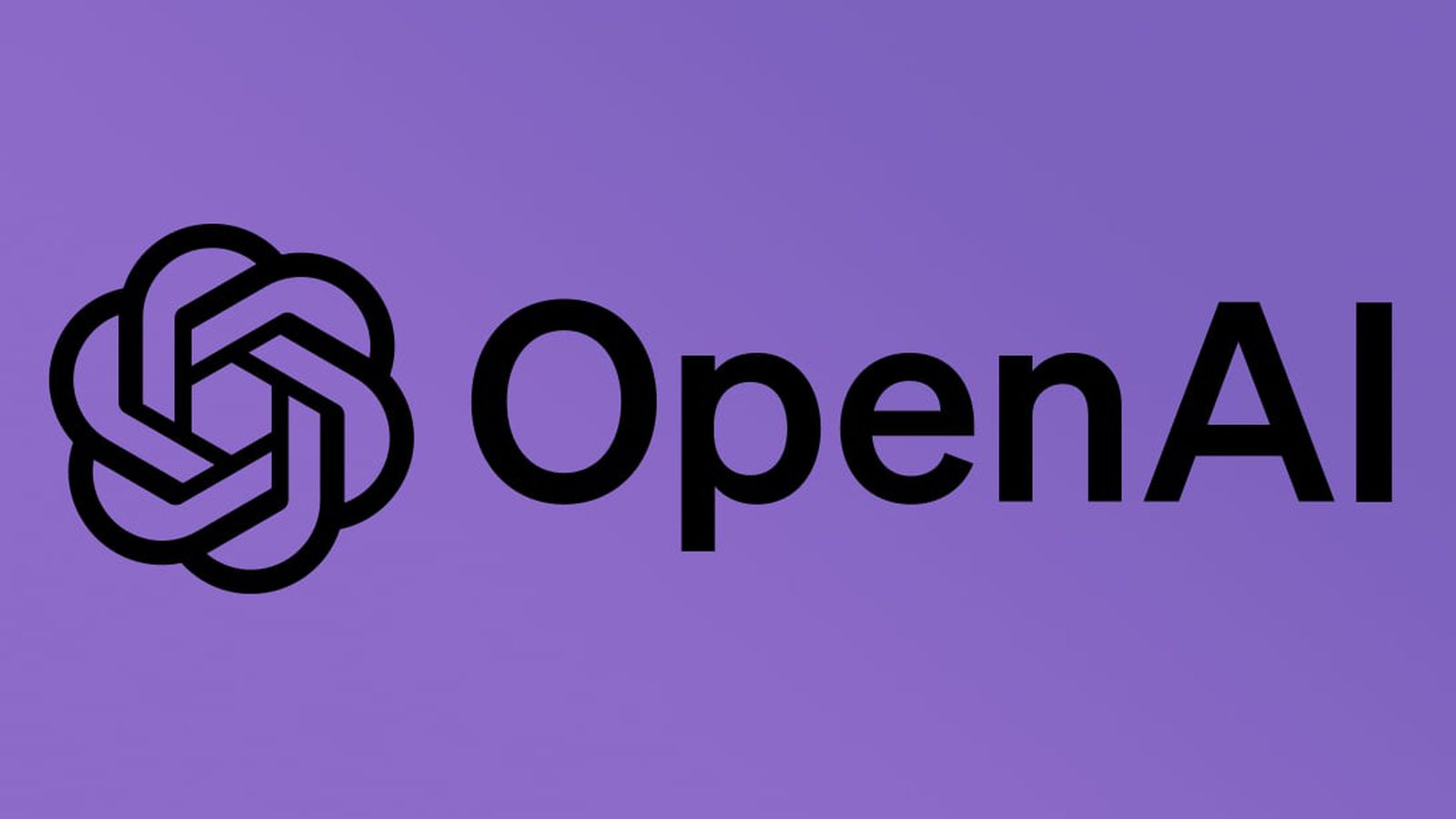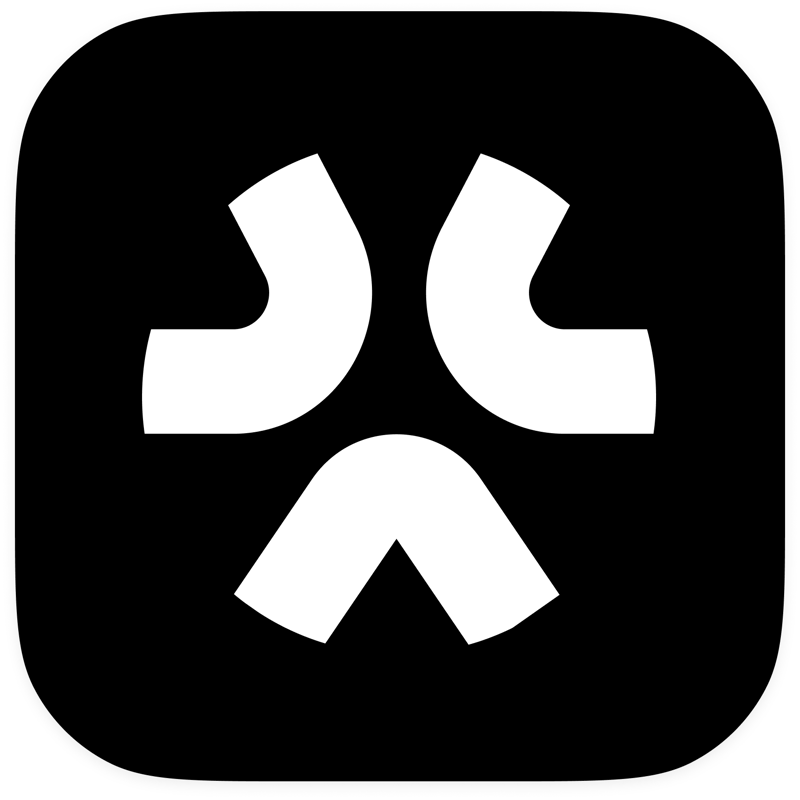Low-Code and No-Code Development with Angular
In today’s software development landscape, the demand for faster application development has led to the rise of Low-code and No-code platforms. These innovative approaches enable individuals with minimal coding experience to create applications through graphical user interfaces and configuration which reduce the dependency on traditional programming languages. These Low-Code and No-Code development platforms can be integrated with popular front-end frameworks like Angular by which we can provide seamless user experience to users. In this article, we are going to discuss Low-Code and No-Code development with Angular. Why Does It Matter Today? The significance of Low-Code and No-code development has increased due to several factors. Accelerated Digital Transformation: Businesses are under pressure to digitize operations quickly. These platforms facilitate rapis development and deployment of applications which is very important in this fast moving digital world. Resource Constraints: There is a global shortage of skilled developers. Low-Code and No-Code platforms emperors existing staff to contribute to application development which mitigates the impact of limited technical resources. Agility and Innovation: Companies need to adapt rapidly to changing market conditions. These platforms enable quick prototyping and iteration which promotes innovation and responsiveness. Is Low-Code and No-Code Development with Angular Feasible? Angular is a robust front-end development framework which is renowned for building dynamic and scalable applications. Integrating Angular with Low-Code and No-Code platforms will combine the efficiency of visual development with power and flexibility. This integration will allow developers to leverage Angular’s capabilities within the streamlined development process offered by Low/No Code development platforms. If you want to know more or want to accelerate their projects without compromising quality, you can hire Angular developer to seamlessly bridge the gap between traditional coding and visual development tools. Popular No-Code and Low-Code Tools that Integrates with Angular As the demand for faster development cycles grows, many organizations are turning to low-code/no-code platforms to streamline wotkflows without sacrificing flexibility. The following are some of the popular platforms that integrate well with Angular. Outsystems: Outsystems is a low-code platform designed specifically for enterprise-grade application development. While it provides a visual development environment, it also supports the inclusion of custom code which makes it possible to incorporate Angular components for more sophisticated UI or business logic requirements. Key Benefits: Full-stack development support. Seamless integration with external APIs and services. High scalability and security features. Support for responsive and mobile-first design. Mendix: Mendix is another robust low-code development environment that offers flexibility in UI development. You can use custom widgets and connect them with popular front-end frameworks which includes Angular. This enables the building of complex, highly interactive user interfaces while still leveraging Mendix’s powerful backend and workflow tools. Key Benefits: Cross-platform support for web and mobile apps. Built-in collaboration tools for business and IT teams. Easy integration with legacy systems and modern APIs Extensibility with custom JavaScript or Angular code. Microsoft Power Apps: Power Application is part of the Microsoft Power Platform and is widely adopted in enterprises that rely on the Microsoft ecosystem. While it is primarily designed for ease of use with minimal coding, advanced scenarios which allow interaction with custom components including those built with Angular. Key Benefits: Tight integration with Microsoft 365, Dynamics 365, and Azure. Suitable for building business apps with little to no code. Expandable through custom APIs and components. Ideal for internal tools and process automation. DEW Studio: DEW Studio is a low-code development platform that is specifically designed for the Angular framework. It enables developers to quickly create enterprise-grade web applications using a drag and drop interface while still retaining the ability to customize and enhance the application with native Angular code. Key Benefits: Auto-generates Angular code from visual design. Supports full customization and fine-tuning. Integrates with REST APIs and backend systems. Helps reduce manual coding time significantly. App Builder: App Builder is a visual design-to-code platform that generates clean, production-ready Angular code. Its WYSIWYG interface allows developers and designers to collaborate closely while building applications visually. Once the design is finalized, developers can export the
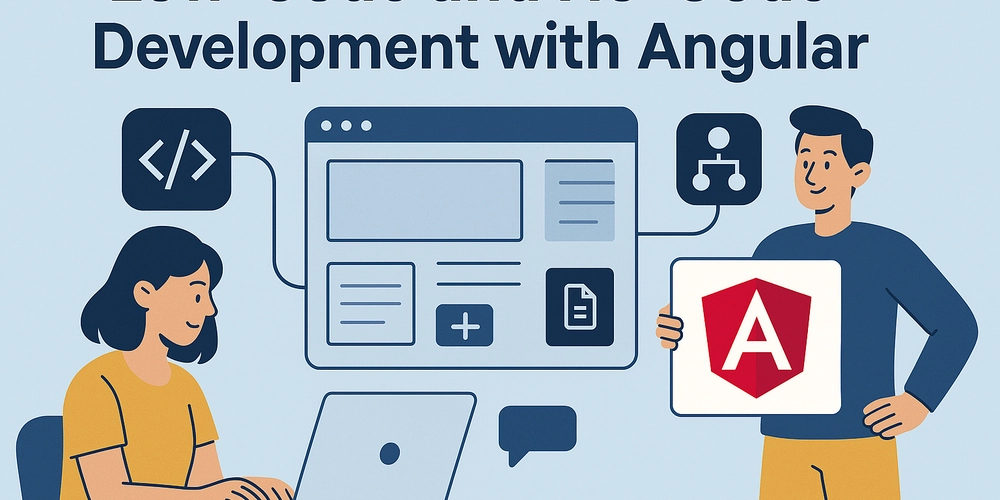
In today’s software development landscape, the demand for faster application development has led to the rise of Low-code and No-code platforms. These innovative approaches enable individuals with minimal coding experience to create applications through graphical user interfaces and configuration which reduce the dependency on traditional programming languages. These Low-Code and No-Code development platforms can be integrated with popular front-end frameworks like Angular by which we can provide seamless user experience to users. In this article, we are going to discuss Low-Code and No-Code development with Angular.
Why Does It Matter Today?
The significance of Low-Code and No-code development has increased due to several factors.
Accelerated Digital Transformation:
Businesses are under pressure to digitize operations quickly. These platforms facilitate rapis development and deployment of applications which is very important in this fast moving digital world.
Resource Constraints:
There is a global shortage of skilled developers. Low-Code and No-Code platforms emperors existing staff to contribute to application development which mitigates the impact of limited technical resources.
Agility and Innovation:
Companies need to adapt rapidly to changing market conditions. These platforms enable quick prototyping and iteration which promotes innovation and responsiveness.
Is Low-Code and No-Code Development with Angular Feasible?
Angular is a robust front-end development framework which is renowned for building dynamic and scalable applications. Integrating Angular with Low-Code and No-Code platforms will combine the efficiency of visual development with power and flexibility. This integration will allow developers to leverage Angular’s capabilities within the streamlined development process offered by Low/No Code development platforms. If you want to know more or want to accelerate their projects without compromising quality, you can hire Angular developer to seamlessly bridge the gap between traditional coding and visual development tools.
Popular No-Code and Low-Code Tools that Integrates with Angular
As the demand for faster development cycles grows, many organizations are turning to low-code/no-code platforms to streamline wotkflows without sacrificing flexibility. The following are some of the popular platforms that integrate well with Angular.
Outsystems:
Outsystems is a low-code platform designed specifically for enterprise-grade application development. While it provides a visual development environment, it also supports the inclusion of custom code which makes it possible to incorporate Angular components for more sophisticated UI or business logic requirements.
Key Benefits:
- Full-stack development support.
- Seamless integration with external APIs and services.
- High scalability and security features.
- Support for responsive and mobile-first design.
Mendix:
Mendix is another robust low-code development environment that offers flexibility in UI development. You can use custom widgets and connect them with popular front-end frameworks which includes Angular. This enables the building of complex, highly interactive user interfaces while still leveraging Mendix’s powerful backend and workflow tools.
Key Benefits:
- Cross-platform support for web and mobile apps.
- Built-in collaboration tools for business and IT teams.
- Easy integration with legacy systems and modern APIs
- Extensibility with custom JavaScript or Angular code.
Microsoft Power Apps:
Power Application is part of the Microsoft Power Platform and is widely adopted in enterprises that rely on the Microsoft ecosystem. While it is primarily designed for ease of use with minimal coding, advanced scenarios which allow interaction with custom components including those built with Angular.
Key Benefits:
- Tight integration with Microsoft 365, Dynamics 365, and Azure.
- Suitable for building business apps with little to no code.
- Expandable through custom APIs and components.
- Ideal for internal tools and process automation.
DEW Studio:
DEW Studio is a low-code development platform that is specifically designed for the Angular framework. It enables developers to quickly create enterprise-grade web applications using a drag and drop interface while still retaining the ability to customize and enhance the application with native Angular code.
Key Benefits:
- Auto-generates Angular code from visual design.
- Supports full customization and fine-tuning.
- Integrates with REST APIs and backend systems.
- Helps reduce manual coding time significantly.
App Builder:
App Builder is a visual design-to-code platform that generates clean, production-ready Angular code. Its WYSIWYG interface allows developers and designers to collaborate closely while building applications visually. Once the design is finalized, developers can export the Angular code and continue development in their preferred IDEs.
Key Benefits:
- Drag-and-drop UI builder with real-time code preview.
- Code output is clean, modular, and ready for production.
- Speeds up prototyping and design validation.
- Ideal for UI/UX designers and front-end teams.
Benefits of Combining Low-Code and No-Code Development with Angular:
Integrating Low-Code and No-Code development with Angular offers multiple benefits. Let’s discuss some of those benefits in more detail.
1. Enhanced Customization:
Low-Code platforms often come with pre-built components and templates which can sometimes be limiting. By integrating Angular, developers can inject custom components, services, and modules into the low-code environment to handle complex business logic or unique UI requirements.
2. Improved Performance
Angular is known for its high-performance rendering which is due to various features like Ahead-of-Time compilation, efficient change detection, and tree-shaking. When these capabilities are combined with the speed and simplicity of low-code or no-code development platforms the result will be a blend of high-performance and productivity. This synergy enables the development of fast-loading, responsive applications with responsive applications with optimized rendering and efficient data handling.
3. Scalability
Angular’s modular architecture supports the development of enterprise-grade applications that scale effortlessly with evolving business needs. It enables a clean separation of concerns through well-structured modules and components. It also promotes reusability across projects, allowing teams to build faster with consistent patterns. Additionally, it simplifies both maintenance and onboarding, making it easier to expand functionality, grow development teams, and accommodate increasing user demands.
4. Accelerated Development Timelines
Low-code platforms drastically reduce boilerplate code and setup time, allowing development to start quickly and efficiently. When combined with Angular’s powerful CLI tools and reusable component system, teams can rapidly prototype and launch MVPs, deliver enterprise-grade solutions within tight deadlines, and iterate faster through streamlined continuous deployment and testing workflows.
5. Maintainability and Long-Term Viability
While many low-code platforms can become challenging to manage over time due to limitations or vendor lock-in, combining them with Angular enhances long-term maintainability. It allows teams to use standard tools and best practices, ensures a clear separation between auto-generated and custom code, and makes it easier to migrate or scale the application to fully custom environments in the future.
Conclusion:
Low-code and no-code platforms have streamlined application development, making it faster and more accessible. When paired Low-Code and No-Code development with Angular, they enable the creation of scalable, high-performance, and customizable applications. This combination empowers businesses to accelerate digital transformation while maintaining flexibility and control over the user experience. Angular enhances what low-code platforms lack complex UI handling, reusability, and long-term maintainability. To fully leverage this synergy, partnering with an experienced Angular development company ensures expert integration, faster time-to-market, and future-ready solutions tailored to your unique business needs.

























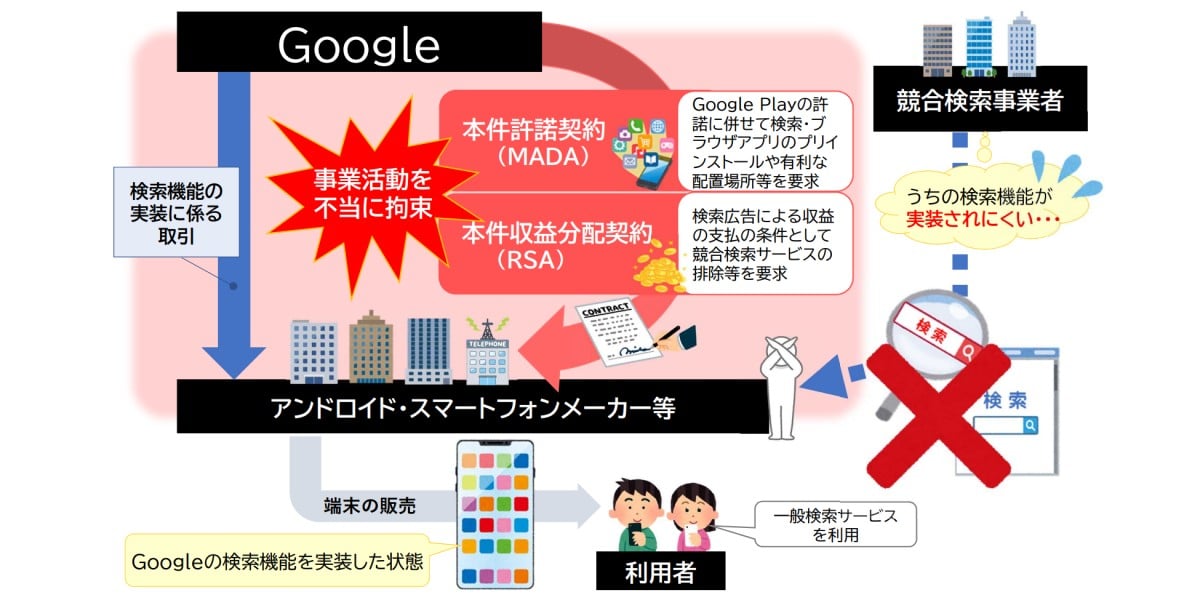
















































































































































![[The AI Show Episode 144]: ChatGPT’s New Memory, Shopify CEO’s Leaked “AI First” Memo, Google Cloud Next Releases, o3 and o4-mini Coming Soon & Llama 4’s Rocky Launch](https://www.marketingaiinstitute.com/hubfs/ep%20144%20cover.png)














































































































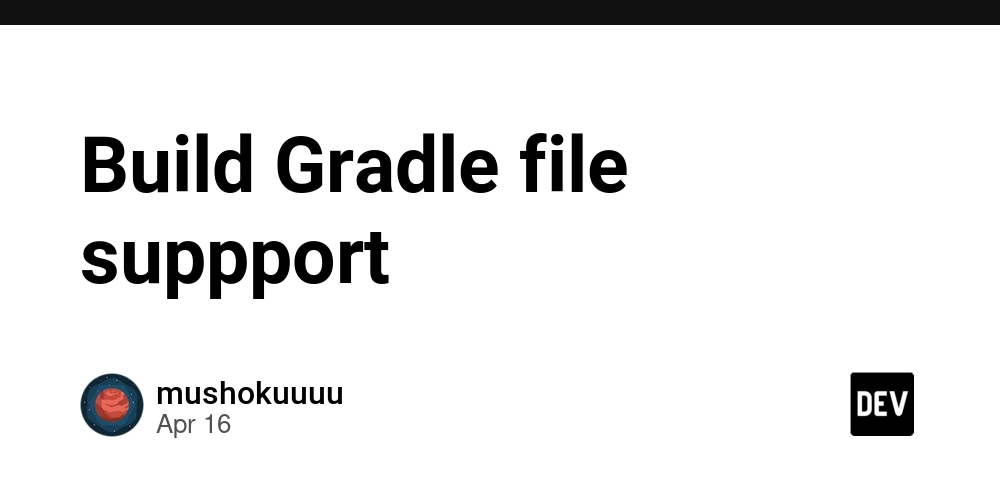

































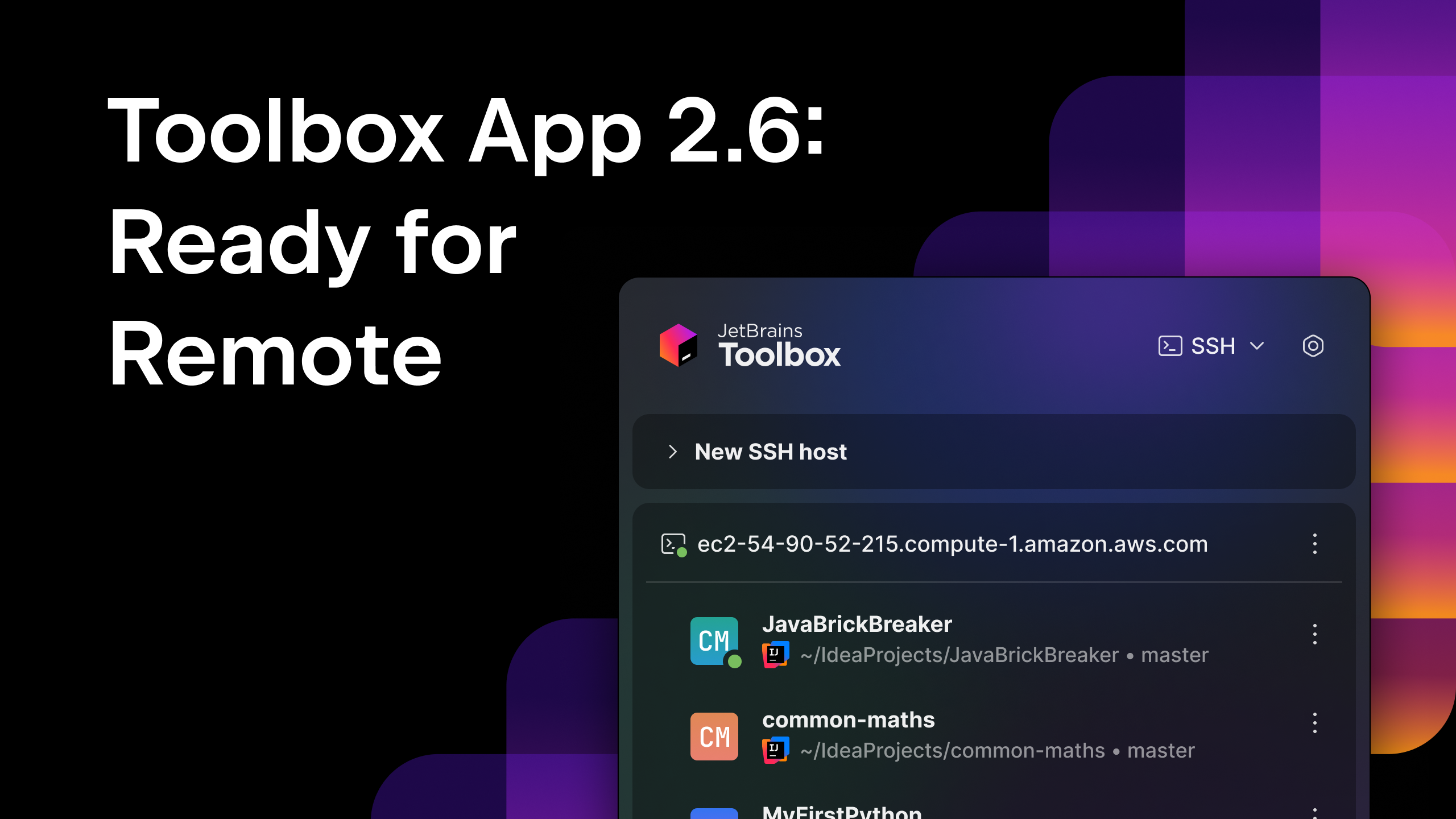






















































![Blue Archive tier list [April 2025]](https://media.pocketgamer.com/artwork/na-33404-1636469504/blue-archive-screenshot-2.jpg?#)

































.png?#)








-Baldur’s-Gate-3-The-Final-Patch---An-Animated-Short-00-03-43.png?width=1920&height=1920&fit=bounds&quality=70&format=jpg&auto=webp#)





























.webp?#)












































































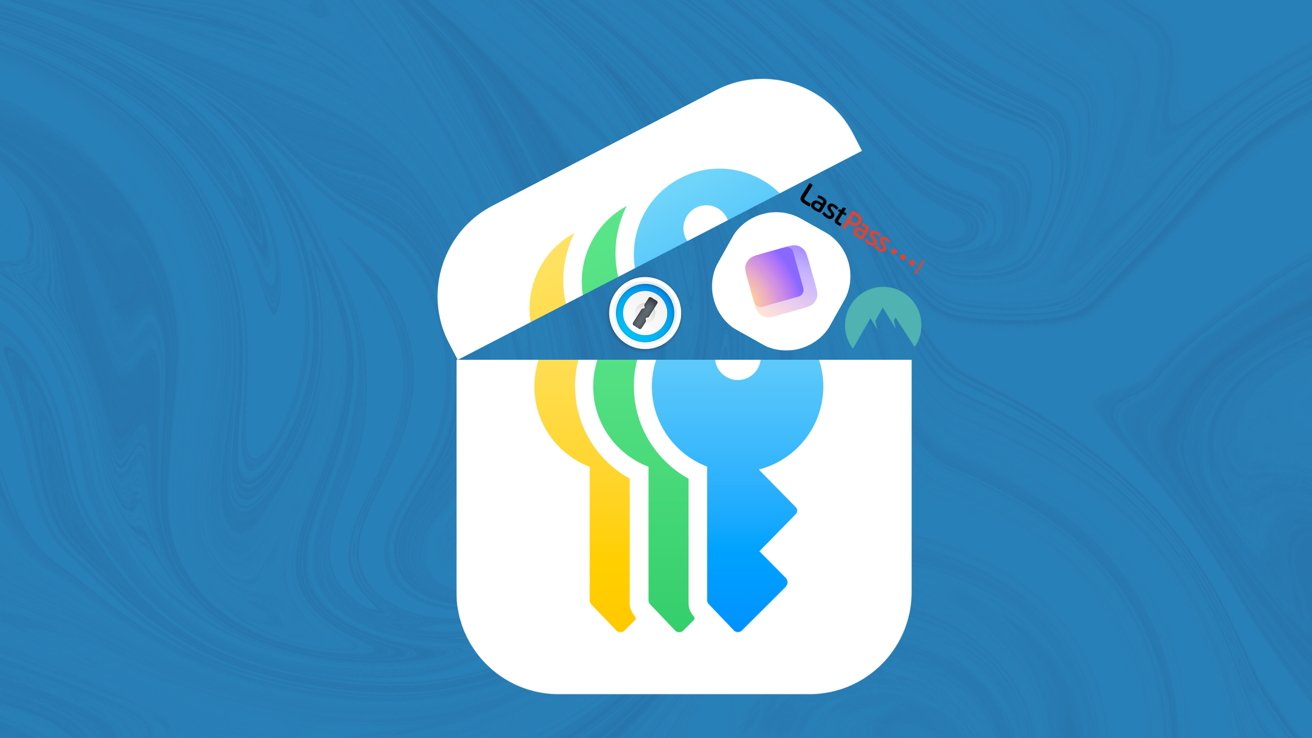









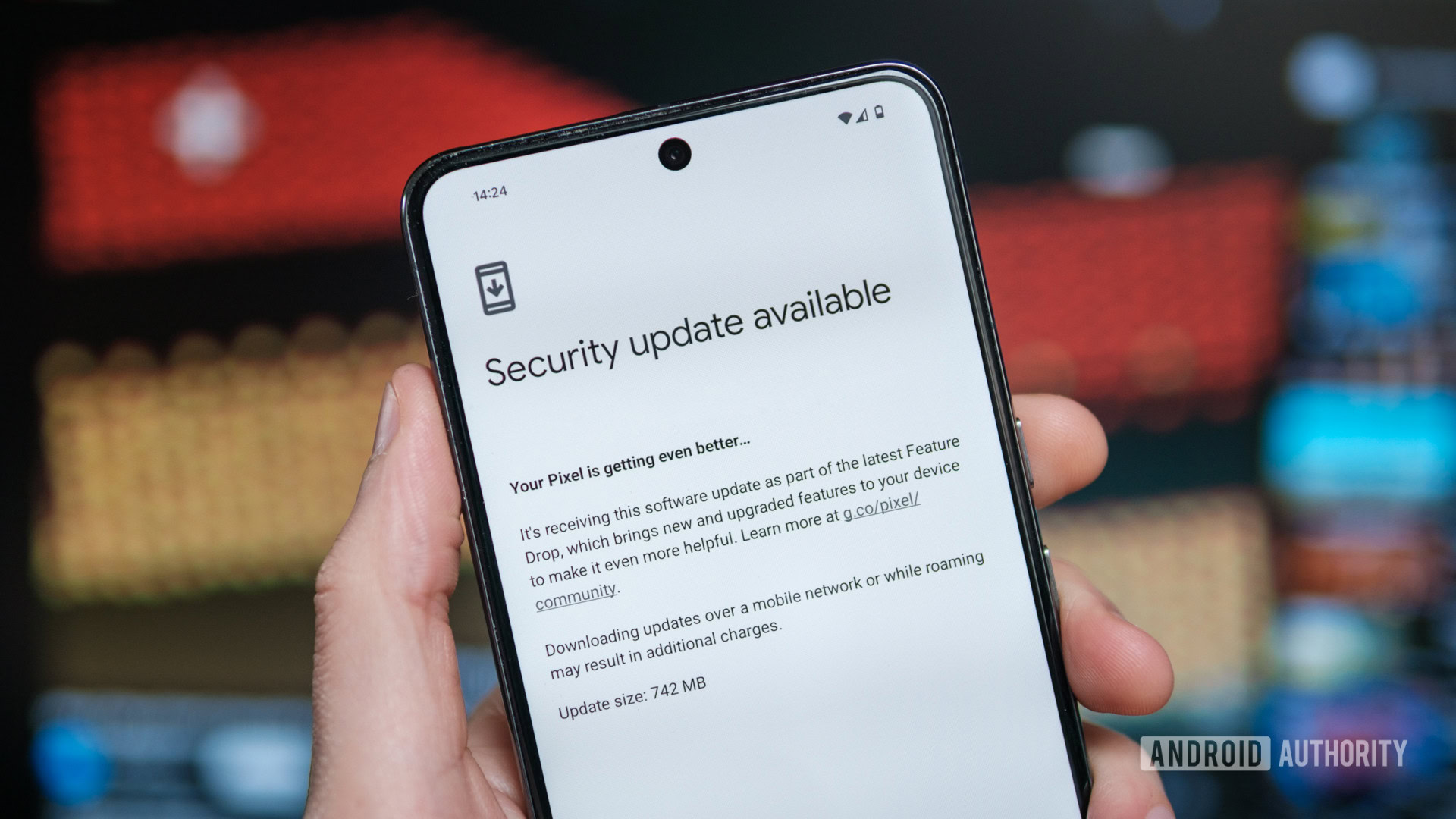



















![Apple to Split Enterprise and Western Europe Roles as VP Exits [Report]](https://www.iclarified.com/images/news/97032/97032/97032-640.jpg)
![Nanoleaf Announces New Pegboard Desk Dock With Dual-Sided Lighting [Video]](https://www.iclarified.com/images/news/97030/97030/97030-640.jpg)

![Apple's Foldable iPhone May Cost Between $2100 and $2300 [Rumor]](https://www.iclarified.com/images/news/97028/97028/97028-640.jpg)












































